Rising Interest in Sustainable Travel
Sustainability is becoming a central theme within the Motorhome Market, as consumers increasingly prioritize eco-friendly travel options. The demand for motorhomes that utilize renewable energy sources and sustainable materials is on the rise. In 2025, it is anticipated that sales of eco-friendly motorhomes will increase by 25% compared to previous years. This trend is driven by a growing awareness of environmental issues and a desire to minimize carbon footprints while traveling. Manufacturers are responding by developing motorhomes that incorporate green technologies, such as energy-efficient appliances and sustainable building materials. This focus on sustainability not only appeals to environmentally conscious consumers but also positions the Motorhome Market as a leader in responsible travel.
Increased Demand for Outdoor Recreation
The Motorhome Market experiences a notable surge in demand for outdoor recreational activities. As individuals seek to escape urban environments, the appeal of road trips and camping has intensified. This trend is reflected in the rising sales of motorhomes, which reached approximately 200,000 units in the previous year. The desire for adventure and exploration drives consumers to invest in motorhomes, allowing them to travel with comfort and convenience. Furthermore, the Motorhome Market benefits from the growing popularity of national parks and scenic routes, which attract outdoor enthusiasts. This increasing inclination towards nature-based experiences suggests a robust future for the industry, as more individuals prioritize leisure travel and outdoor activities.
Technological Advancements in Motorhomes
Technological integration within the Motorhome Market is transforming the way consumers experience travel. Innovations such as smart home features, advanced navigation systems, and energy-efficient appliances are becoming standard in modern motorhomes. The incorporation of solar panels and electric drivetrains is particularly noteworthy, as it aligns with the increasing consumer demand for sustainability. In 2025, it is estimated that nearly 30% of new motorhomes will feature electric or hybrid technology. This shift not only enhances the user experience but also positions the Motorhome Market favorably in an era where eco-consciousness is paramount. As technology continues to evolve, the industry is likely to attract a broader demographic, including younger consumers who prioritize innovation.
Expansion of Infrastructure and Campgrounds
The Motorhome Market is benefiting from the expansion of infrastructure and campgrounds, which enhances the overall travel experience for motorhome owners. Increased investment in public and private campgrounds is making it easier for travelers to find suitable accommodations. In 2025, it is estimated that the number of campgrounds will grow by 20%, providing more options for motorhome users. This expansion is crucial as it addresses the growing demand for accessible and well-maintained camping facilities. Additionally, improved road networks and services tailored for motorhomes contribute to a more seamless travel experience. As infrastructure continues to develop, the Motorhome Market is likely to see sustained growth, attracting more consumers to the joys of motorhome travel.
Changing Demographics and Consumer Preferences
The Motorhome Market is witnessing a shift in demographics, with younger generations increasingly embracing motorhome travel. Millennials and Gen Z consumers are drawn to the flexibility and freedom that motorhomes offer, often seeking unique travel experiences over traditional vacations. This demographic shift is reflected in the rising interest in rental services, which cater to those who prefer short-term use. In 2025, it is projected that rental motorhome services will account for over 15% of the market share. This trend indicates a potential for growth in the Motorhome Market, as companies adapt to meet the evolving preferences of younger travelers who value experiences over possessions.


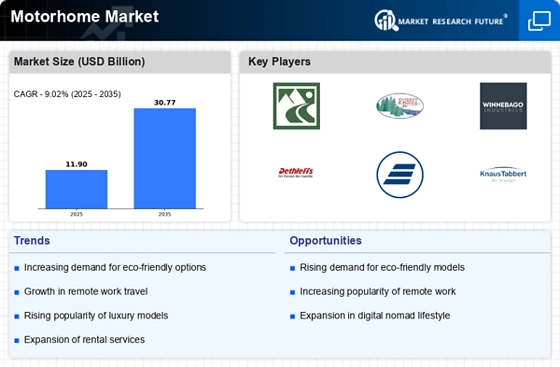
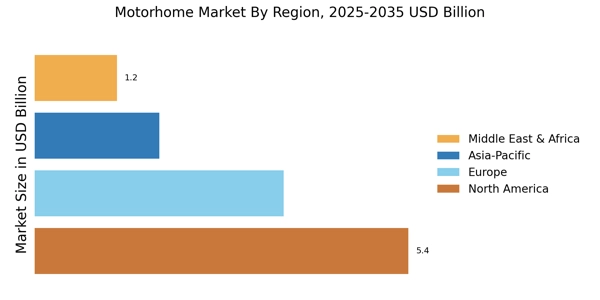
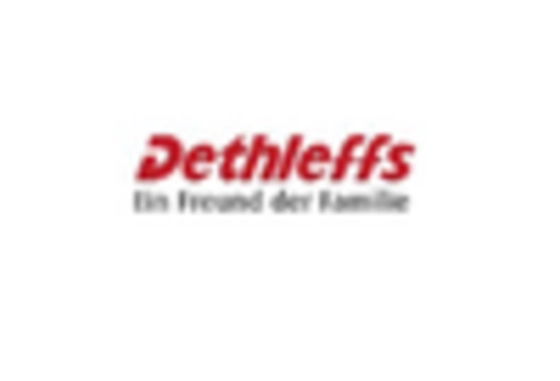
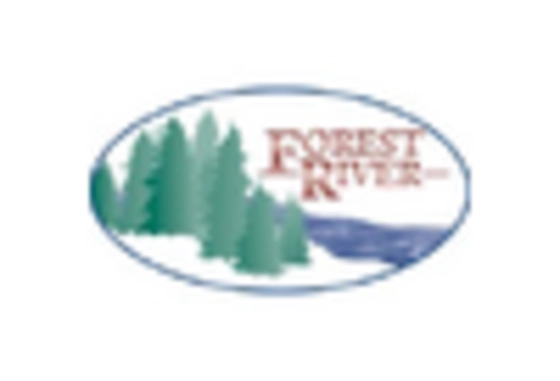
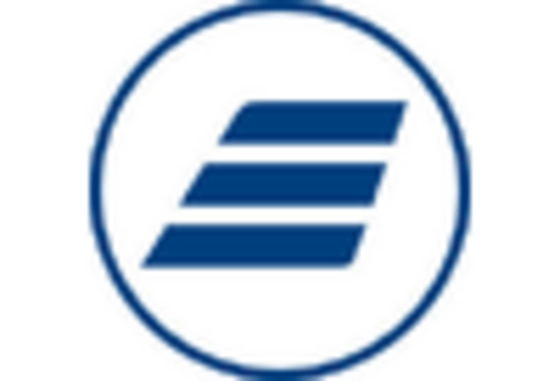


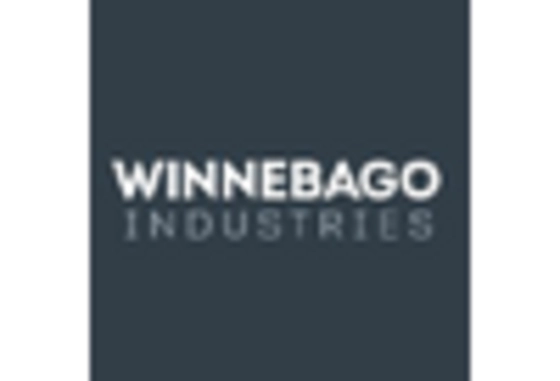








Leave a Comment